AT&T and T-Mobile promise LTE to virtually every community, lowest cost per megabyte

AT&T andT-Mobile's groundbreaking $39 billion deal may have caught you by surprise, but as the surprise wearsoff, the details show up. That's one reason why the companies'investor presentation is a milestone event for outlining the futureof the U.S. mobile landscape. And despite all fears of a virtual monopoly being established, customers should expect to get "the lowest cost per megabyte in the industry" combined with outstanding coverage to virtually every community.
that "We'reconfident that we'll gain approval of this transaction. a uniqueopportuniy and a unique period of time." When it comes to the timing of the deal, the most important topic was spectrum, which is the main reason behind it as spectrum deficit is what major metropolitan areas have experienced. When it comes to 4GLTE, AT&T will use T-Mobile's 1700MHz AWS bands in addition to its recently acquired 700MHz spectrum. This should help bring mobile broadband to 95% of Americans, including rural areas, even faster. "The time is now," Stephenson underlined the critical importance of starting the deal as LTE is still in its development stages.
Comparing the deal to the previous merger of Cingular and AT&T where roaming was opened practically immediately, the integration of T-Mobile and AT&T's services might take some more time. With that said, 2G technology will be merged almost immediately and free roaming should also be available as the networks are integrated, while 3G will be the technology that will require a longer transition period. Wayne Watts, AT&T's general counsil, stressed the benefits in capacity that this will bring:
"This transaction enables the nextera of wireless broadband and competitiveness."
But probably most importantly, John Stankey, president and CEO of AT&T business solutions, noted that the increased density of cell sites will result in greater performance and network capacity. "Customers will see a difference," Stankey stressed his point, mentioning increased in-building coverage. With that said, thorough analysis showed that many cell towers will become redundant, but "dual-banding" the cell sites will mean that many handsets supporting T-Mobile's AWS bands should be supported.
Finally, when it comes to the financial details, CFO Richard Lindner, said that the integration expenses of $7 billion should bring service revenues to $80 billion, up from $58.5 billion. "There are obvious synergies as wereconcile billing and other areas," Lindner added. As rosy as it all sounds, we can imagine this could mean "synergy" in staffing as well, not to mention the possibility of your current phone running on T-Mobile not matching AT&T's WCDMA 850/1900MHz bands. But after all it is your opinion that matters. What are your thoughts of the deal? Sound off in the comments.
source: AT&T

![Verizon is down across the US, and no one knows when service will be back [UPDATED]](https://m-cdn.phonearena.com/images/article/173671-wide-two_350/Verizon-is-down-across-the-US-and-no-one-knows-when-service-will-be-back-UPDATED.webp)
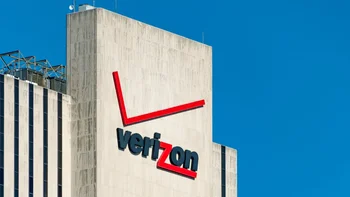
![Some T-Mobile users need to restart their phones [UPDATED]](https://m-cdn.phonearena.com/images/article/173654-wide-two_350/Some-T-Mobile-users-need-to-restart-their-phones-UPDATED.webp)
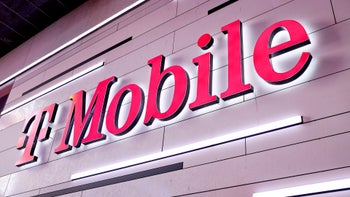
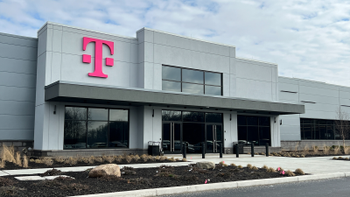
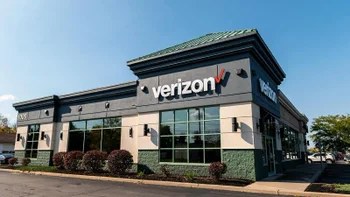
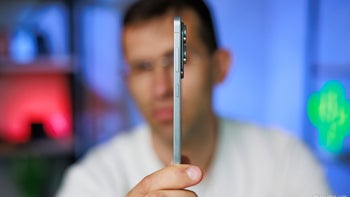
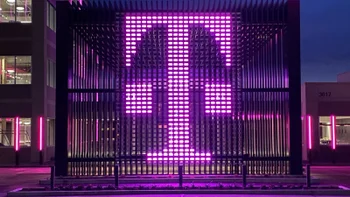
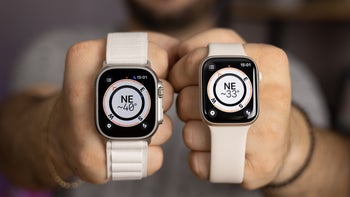
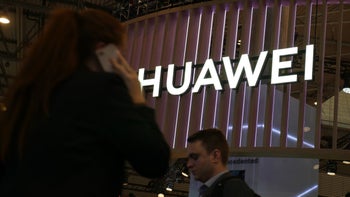
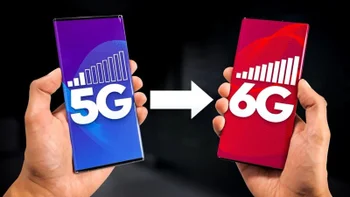

Things that are NOT allowed:
To help keep our community safe and free from spam, we apply temporary limits to newly created accounts: